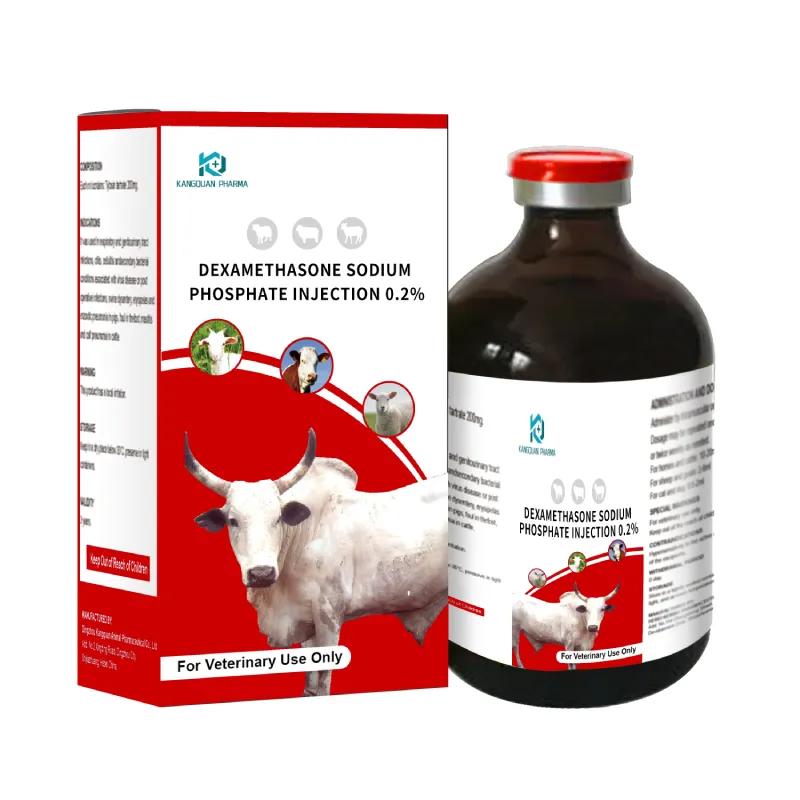- Afrikaans
- Albanian
- Amharic
- Arabic
- Armenian
- Azerbaijani
- Basque
- Belarusian
- Bengali
- Bosnian
- Bulgarian
- Catalan
- Cebuano
- Corsican
- Croatian
- Czech
- Danish
- Dutch
- English
- Esperanto
- Estonian
- Finnish
- French
- Frisian
- Galician
- Georgian
- German
- Greek
- Gujarati
- Haitian Creole
- hausa
- hawaiian
- Hebrew
- Hindi
- Miao
- Hungarian
- Icelandic
- igbo
- Indonesian
- irish
- Italian
- Japanese
- Javanese
- Kannada
- kazakh
- Khmer
- Rwandese
- Korean
- Kurdish
- Kyrgyz
- Lao
- Latin
- Latvian
- Lithuanian
- Luxembourgish
- Macedonian
- Malgashi
- Malay
- Malayalam
- Maltese
- Maori
- Marathi
- Mongolian
- Myanmar
- Nepali
- Norwegian
- Norwegian
- Occitan
- Pashto
- Persian
- Polish
- Portuguese
- Punjabi
- Romanian
- Russian
- Samoan
- Scottish Gaelic
- Serbian
- Sesotho
- Shona
- Sindhi
- Sinhala
- Slovak
- Slovenian
- Somali
- Spanish
- Sundanese
- Swahili
- Swedish
- Tagalog
- Tajik
- Tamil
- Tatar
- Telugu
- Thai
- Turkish
- Turkmen
- Ukrainian
- Urdu
- Uighur
- Uzbek
- Vietnamese
- Welsh
- Bantu
- Yiddish
- Yoruba
- Zulu
Δεκ . 04, 2024 23:49 Back to list
common animal disinfectants
Common Animal Disinfectants Ensuring Health and Hygiene in Animal Care
In the realm of animal care, ensuring the health and hygiene of animals is of utmost importance. Various pathogens, bacteria, and viruses can pose significant risks to animal health and, consequently, to human health as well, especially in environments such as farms, veterinary clinics, and animal shelters. One of the most effective ways to combat these threats is through the use of disinfectants specifically designed for animal care. In this article, we will explore common animal disinfectants, their applications, and best practices for their use.
Understanding the Need for Disinfection
Animal environments—be it a veterinary clinic, barn, or kennel—can harbor a variety of pathogens. These can lead to diseases that not only affect the animals but can also be transmitted to humans, known as zoonotic diseases. Regular disinfection is critical in controlling these pathogens, preventing outbreaks, and maintaining a safe environment for both animals and caregivers.
Types of Disinfectants
1. Quaternary Ammonium Compounds (Quats) These are among the most commonly used disinfectants in animal facilities. Quats are effective against a broad spectrum of bacteria, viruses, and some fungi. They are favored for their low toxicity, pleasant odor, and substantial residual activity. However, it's vital to ensure that the surfaces are clean before applying quats, as organic matter can hinder their effectiveness.
2. Chlorine Compounds Bleach, or sodium hypochlorite, is a potent disinfectant widely used in animal care. It is highly effective against various pathogens, including parvovirus and canine distemper virus. However, it must be used with caution, as it can be corrosive and produce harmful fumes when mixed with other chemicals. Proper dilution and thorough rinsing of surfaces post-disinfection are essential to minimize risks.
3. Alcohol-Based Disinfectants Isopropyl alcohol and ethanol are effective against bacteria and some viruses and are commonly used for disinfecting surfaces and equipment. Alcohol is particularly useful for quick disinfection of small areas or tools but should be used with care around flammable substances and open flames.
4. Hydrogen Peroxide This compound is appreciated for its ability to break down into harmless water and oxygen after use, making it an environmentally friendly option. Hydrogen peroxide is effective against bacteria, viruses, and fungi and can be used in various concentrations depending on the intended application.
5. Phenolic Compounds These disinfectants are effective against a broad spectrum of pathogens and are often used in veterinary clinics due to their residual activity. However, phenolic compounds can be toxic to cats and should be used with caution around sensitive species.
common animal disinfectants

Best Practices for Use
While disinfectants play a crucial role in maintaining animal health, their effectiveness hinges on proper application
. Here are some best practices to follow- Pre-clean Surfaces Always clean surfaces of organic matter, dirt, and debris before applying disinfectants. This increases the effectiveness of the disinfectant and reduces potential irritation.
- Follow Instructions Adhere to the manufacturer’s instructions regarding dilution ratios, contact time, and safety precautions. Different disinfectants require specific contact times to be effective.
- Ensure Proper Ventilation Many disinfectants can emit strong fumes. Ensure adequate ventilation in the area where the disinfectant is being used to protect both animals and caregivers.
- Use Personal Protective Equipment (PPE) Protect yourself by wearing appropriate PPE, including gloves, masks, and goggles, especially when using stronger chemicals.
- Rotate Disinfectants To prevent the development of resistant strains of bacteria, it's advisable to rotate between different classes of disinfectants regularly.
Conclusion
Disinfection is a critical component of animal health management, helping to control the spread of diseases in various settings. By understanding the types of disinfectants available and implementing proper practices, animal caregivers can create a safer and healthier environment for the animals in their care. With vigilant attention to hygiene, the health of both animals and humans can be safeguarded, ultimately leading to a more harmonious relationship between species.
-
Guide to Oxytetracycline Injection
NewsMar.27,2025
-
Guide to Colistin Sulphate
NewsMar.27,2025
-
Gentamicin Sulfate: Uses, Price, And Key Information
NewsMar.27,2025
-
Enrofloxacin Injection: Uses, Price, And Supplier Information
NewsMar.27,2025
-
Dexamethasone Sodium Phosphate Injection: Uses, Price, And Key Information
NewsMar.27,2025
-
Albendazole Tablet: Uses, Dosage, Cost, And Key Information
NewsMar.27,2025













